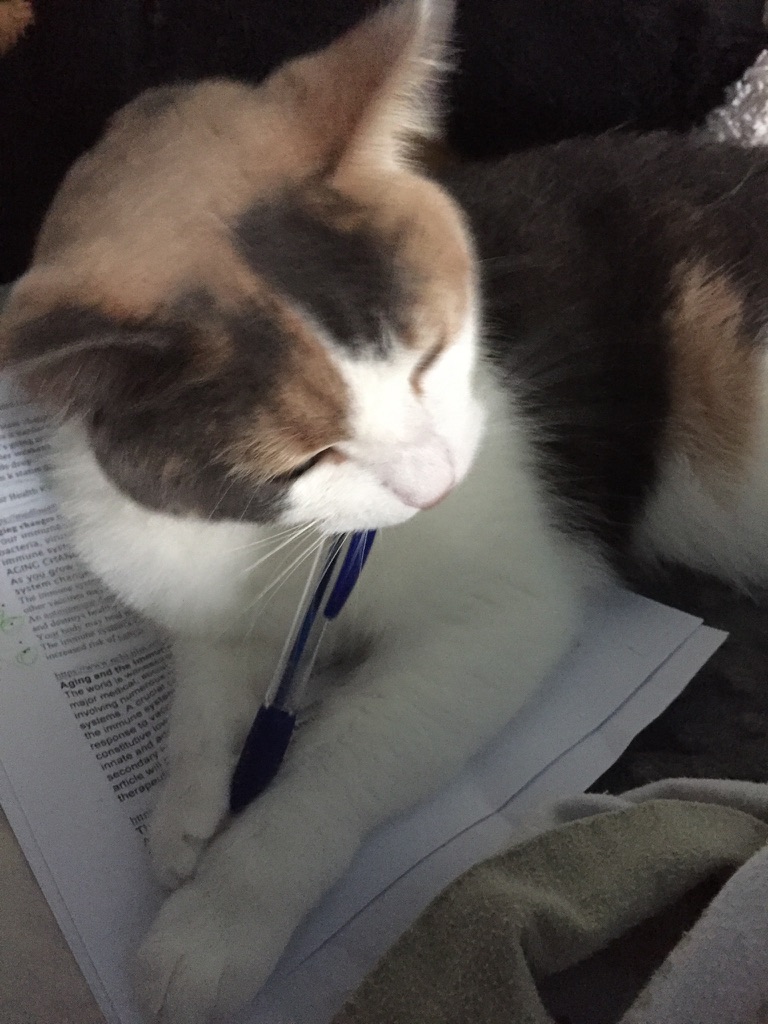As a CPA, I help a lot of people with their taxes. A lot of times, they’re pretty unhappy with their tax situations.
Truthfully, most of us only think about taxes at tax time. But by then, it’s too late to do any planning. It’s too late to minimize your tax bill. That’s why I talk to my clients year-round as things come up. And we work together to do some mid-year tax planning.
These conversations are especially important if you’ve had any kind of change in your life circumstances. New job, marriage, new child… these and many other life changes will affect your tax situation.
Analyzing your tax picture can reveal strategies to lower your tax bill. But you have to use those strategies while there’s still time to act. Doing that will help you avoid anxiety during tax season and an unexpected, unmanageable tax bill in April.
Five Reasons to Look at Your Taxes Now
If you wait til the end of the year to think about your taxes, you won’t have as much time to make changes that will lower your tax bill. And if you wait til January, it will be too late to do almost anything.
That’s why your best move is to take a look at your tax situation sometime between June and October. Enough has happened during the year for you to have a sense of your financial picture. And there’s still time to analyze, strategize, and minimize your taxes.
Here are 5 important reasons to dig into your tax situation now:
1. Check whether you’re on track for zero
Ideally, when you file your taxes, you won’t owe any money or get any money back. At least not very much. If you owe a lot, you may also get hit with underpayment penalties and interest, making the amount you owe the IRS even more. If you get a big refund, you’ve been voluntarily lending the government money at 0% interest all year. That’s money you could have been using to pay your bills, build up savings, or anything else you wanted. That’s why you want to aim for zero… not overpaying, not owing.
2. New tax laws may affect your tax bill
It doesn’t happen every year, but lately a lot of tax legislation has been passed. If you know which provisions could impact your tax bill, you can take any necessary steps to adjust for them. For example, this year (2025) brought a lot of changes to the tax code. Deductions for tips, overtime pay, and seniors could affect your taxes. So might changes to common tax credits and new rules for using funds in 529 plans (for education). The effects of all the new rules could mean you’re currently overpaying or underpaying your taxes. A mid-year checkup will let you know.
3. Changed life circumstances affect taxes
If you’ve had a change in your life situation, it will almost definitely impact your taxes. So if during the year you’ve:
- Changed jobs
- Lost a job
- Gotten a second or third job
- Started a business
- Worked a side gig
- Had or adopted a child
- Got married or divorced
- Experienced a federally declared natural disaster
- Bought a house or a car
- Pulled money from a retirement account
- Become disabled
- Had serious health issues
- Started paying for college or other post-high school education
- Had a death in the family
… your tax picture will be different than it was last year. Figuring out how your current tax payments fit into your new tax circumstance will let you know if it’s time to make some changes.
4. You have income you haven’t paid any taxes on
The U.S. has a pay-as-you-go income tax system. Most people have income taxes withheld from their paychecks. But more and more people also have income that doesn’t have taxes taken out. And that can lead to a big payment due when you file your tax return. Examples of this kind of income include:
- 1099 side gig earnings
- Small business profits
- Rental income
- Social Security payments
- Interest income
- Investment earnings like dividends and capital gains
- Retirement account and pension distributions
Plus, any kind of self-employment income is also subject to self-employment taxes, a whopping 15.3% of your total profits. All of this income can add up to a big tax bill in April if you don’t make any extra payments during the year. It can also lead to IRS penalties and interest, bumping up your tax bill even more. Doing a mid-year check-in can help you avoid a huge tax bill when you file.
5. You want to lower your tax bill
No matter what’s going on in your life, you probably want to lower your tax bill. Who doesn’t want to keep more of their hard-earned money? There are a lot of things you can do to potentially reduce your income taxes, but you have to do them before it’s too late. And by January, it’s too late to do most of them. A mid-year tax checkup gives you plenty of time to figure out which strategies make sense for your situation and to act on them.
You can plan ahead for all of this… as long as you plan ahead. That way you can make sure you’re on track so you won’t be facing an unmanageable tax bill or getting an oversized refund.
And now, to help clear your brain a bit… Cute pet pictures…


What You Can Do With Some Tax Planning
When you do a midyear tax check-in, you have plenty of time to make adjustments. Some of the actions you can take include:
- Changing your withholding taxes to make sure you’re not overpaying or underpaying
- Make any necessary estimated tax payments
- Making sure you do whatever is necessary to qualify for valuable tax deductions and credits
- Accelerating some expenses to maximize itemized deductions
- Take steps to lower your taxable income (the amount of income you have to pay taxes on) by
- Boosting traditional retirement plan contributions
- Putting money in an IRA, even if you have a workplace plan (if you’re eligible)
- Maxing out HSAs (health savings accounts) and FSAs (flexible spending accounts)
- Selling losing investments to take advantage of tax loss harvesting
Making moves like these can lower your taxes and make sure you don’t have to make a big payment when you file your taxes. But almost all of them take some time to implement. And except for making IRA contributions, they all have to be completed by year-end.
Take These Steps to DIY Mid-Year Tax Planning
So, where does mid-year tax planning start? It starts with knowing how much you’ve already paid in and how much you expect to owe for the whole year.
The IRS has a free withholding estimator on their website. It’s not the easiest tool to use, but it provides good information. And you can run through it as many times as you want and change the information to cover different scenarios.
If you used tax prep software last year, look to see if it comes with a next-year estimator. Most of them do, and they let you mess around with the inputs to come up with a new estimate.
When you’ve gotten a good idea of your approximate total tax bill for the year, compare that against what you’ve paid so far. The difference is how much more you’ll need to pay in.
Next, multiply the federal withholding tax from your most recent paycheck by the number of pay periods left in the year. That’s how much more you’re scheduled to pay in.
Compare how much more you need to pay in to how much more you’re scheduled to pay in. If they’re pretty close, you’re on track. Otherwise, you probably need to make an adjustment to your withholding.
If you do need (or want) to change your withholding taxes, you’ll need to fill out a new Form W-4 for your employer.
And if all of this seems complicated and overwhelming, remember you don’t have to figure this out on your own.
Want Some Help With Your Mid-Year Tax Planning?
I offer this service year-round for my clients and I’m willing to do it on a one-time basis as well
We’ll sit down together and review your current tax situation to figure out how much you’ve already paid in income tax versus how much you’re likely to owe for your final tax bill. We’ll look at potential tax planning strategies like retirement contributions, charitable contributions, shifting your income, bunching deductions, etc.
I will say in advance that I’ll need to review your current financial situation before we meet, so I can make recommendations. This can take some time, which can potentially get pricey if you’re not already one of my clients. Rest assured, there will be no surprises. You’ll know everything up front.
And doing this is almost always worth it. The money you may potentially save on taxes and avoiding potential tax penalties could be more than you’re spending on getting personalized professional advice from me. And that’s especially true if you’ve experienced a big life change this year.
If you’re interested, please click on the button below to contact me. We’ll have a free 15-minute consultation to see if we’re a good fit for each other, then go from there.

